Hidden Waters / Desert Springs, An Uncertain Future
Share This Post:
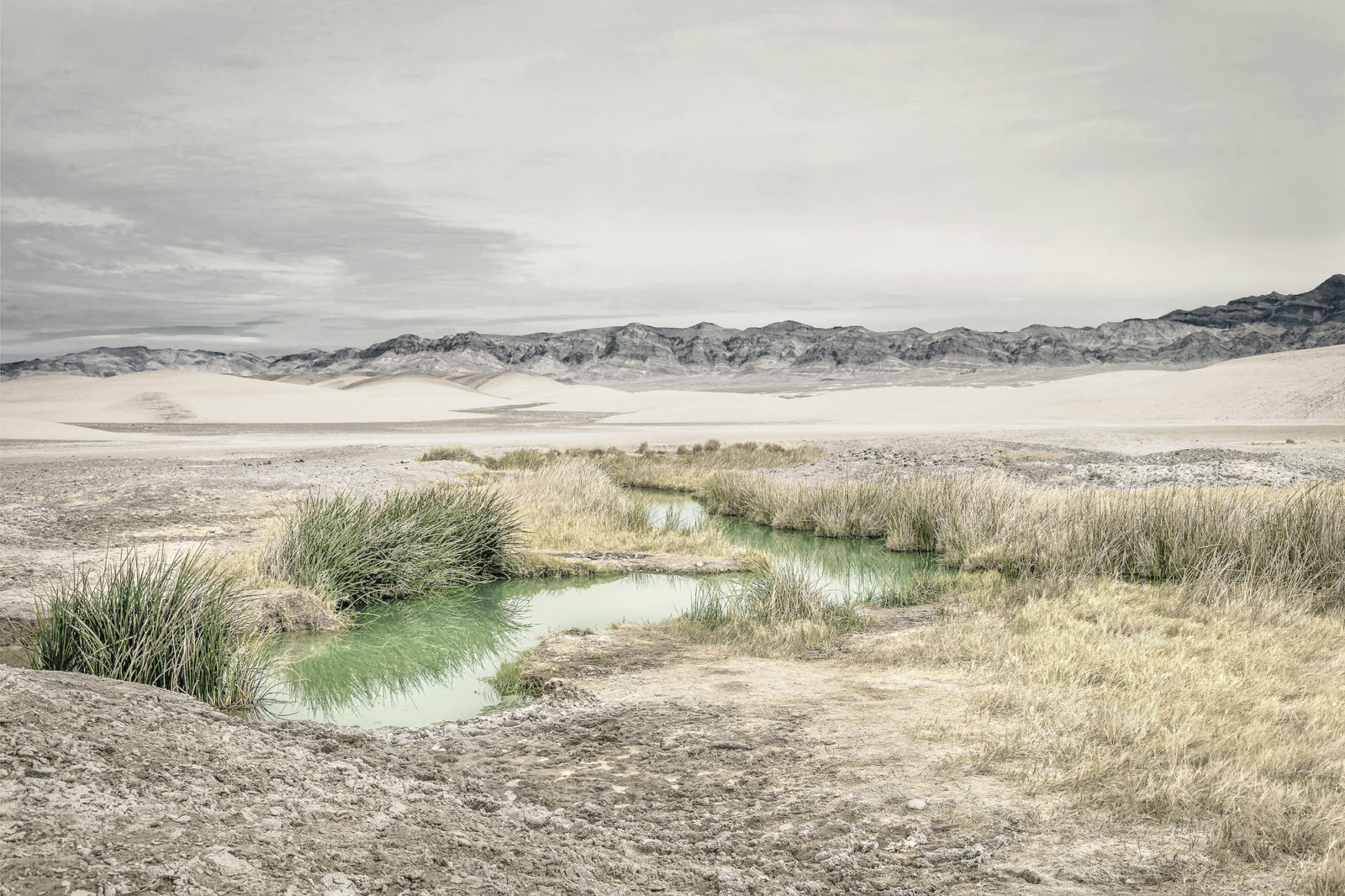
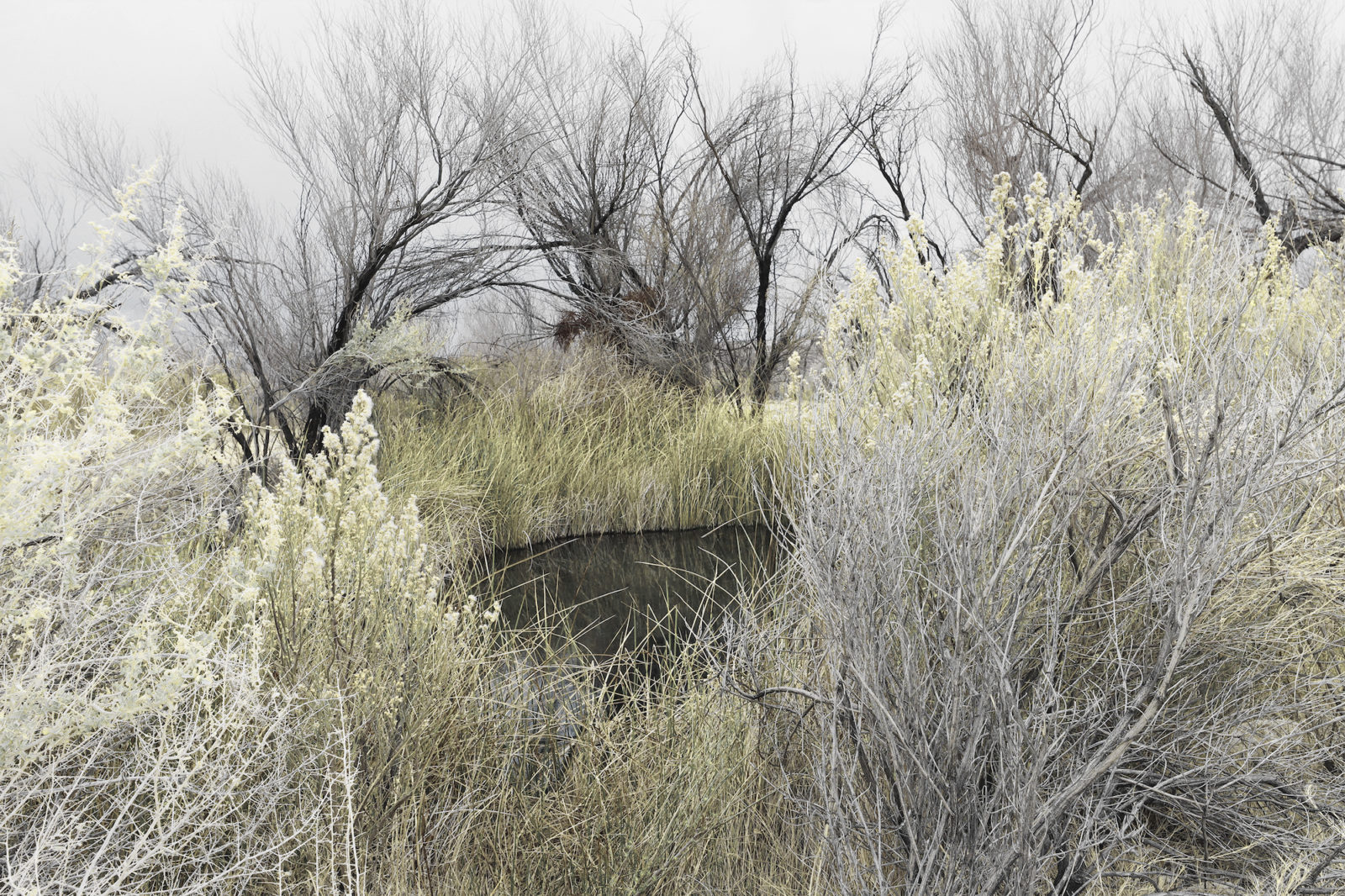
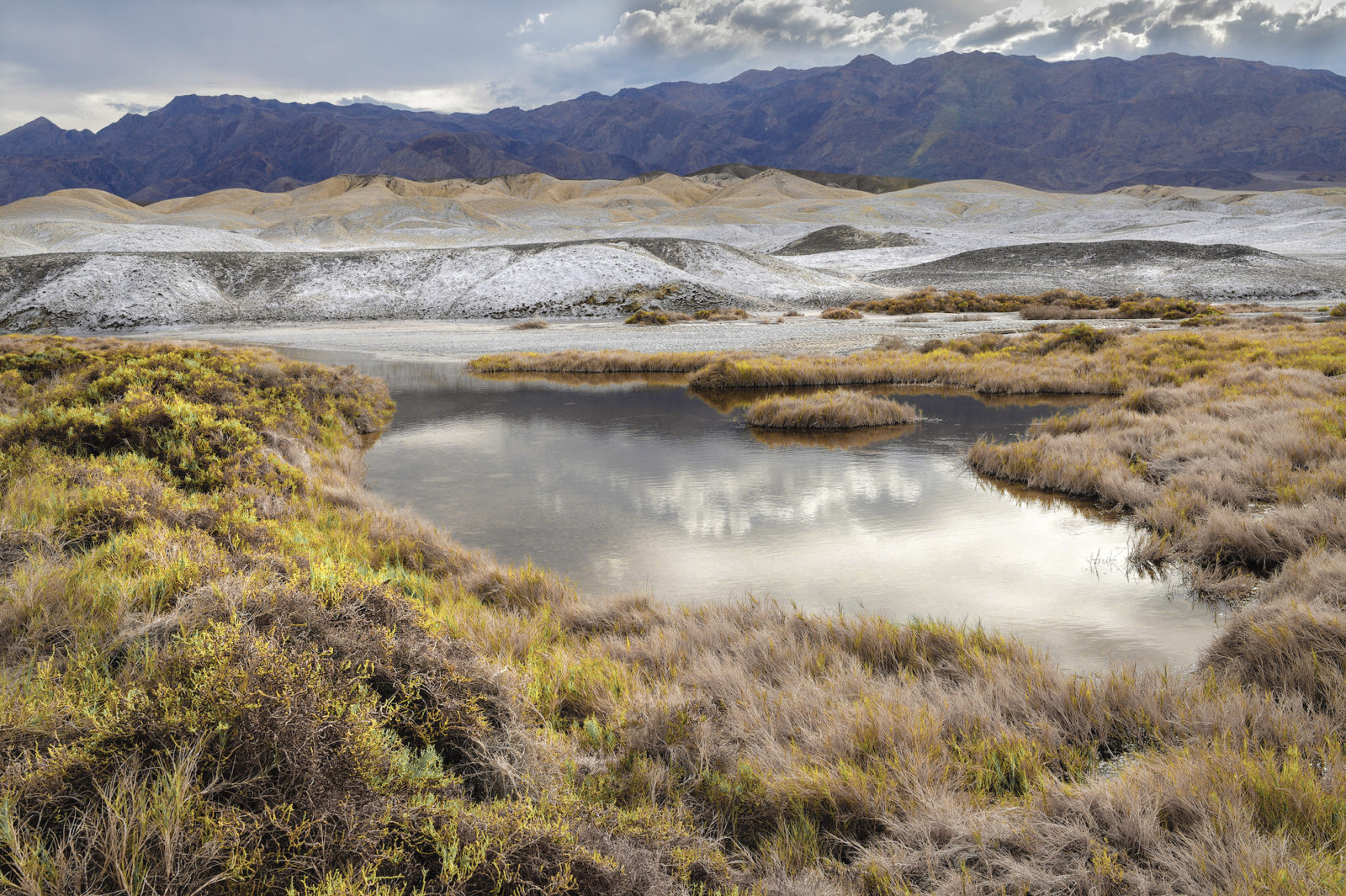
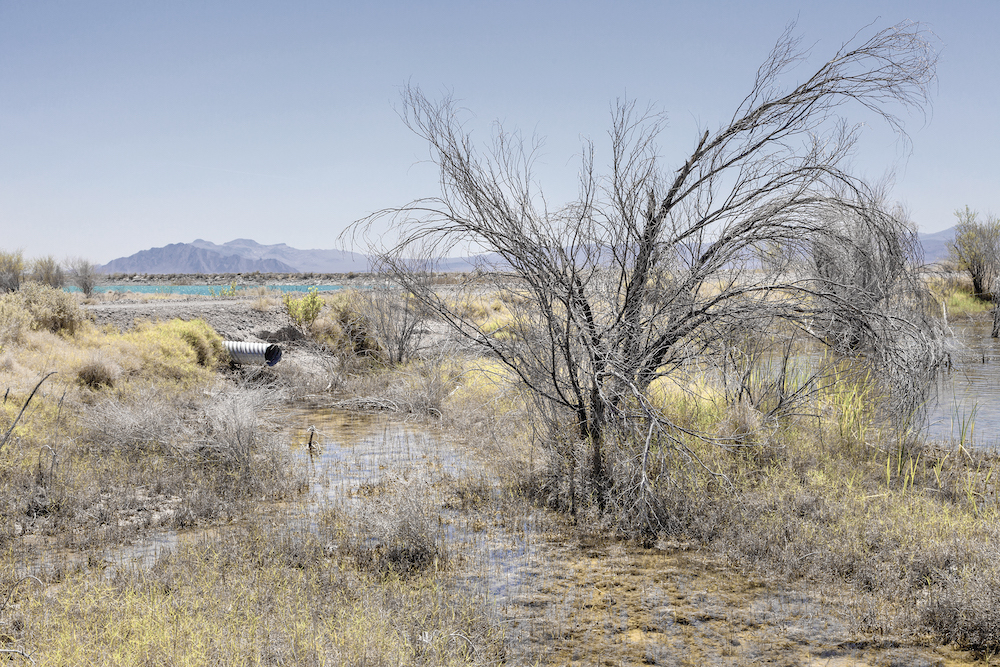
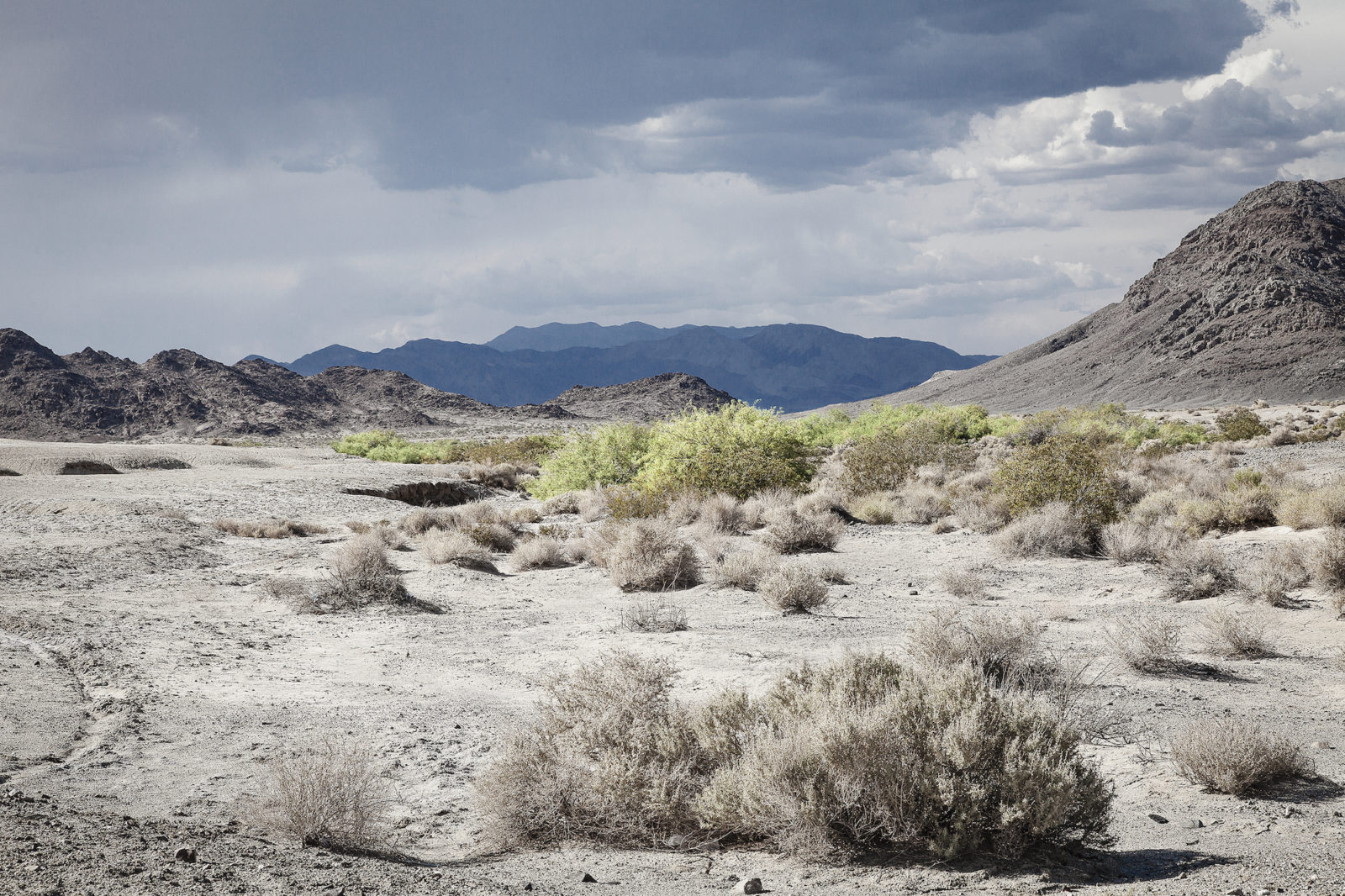
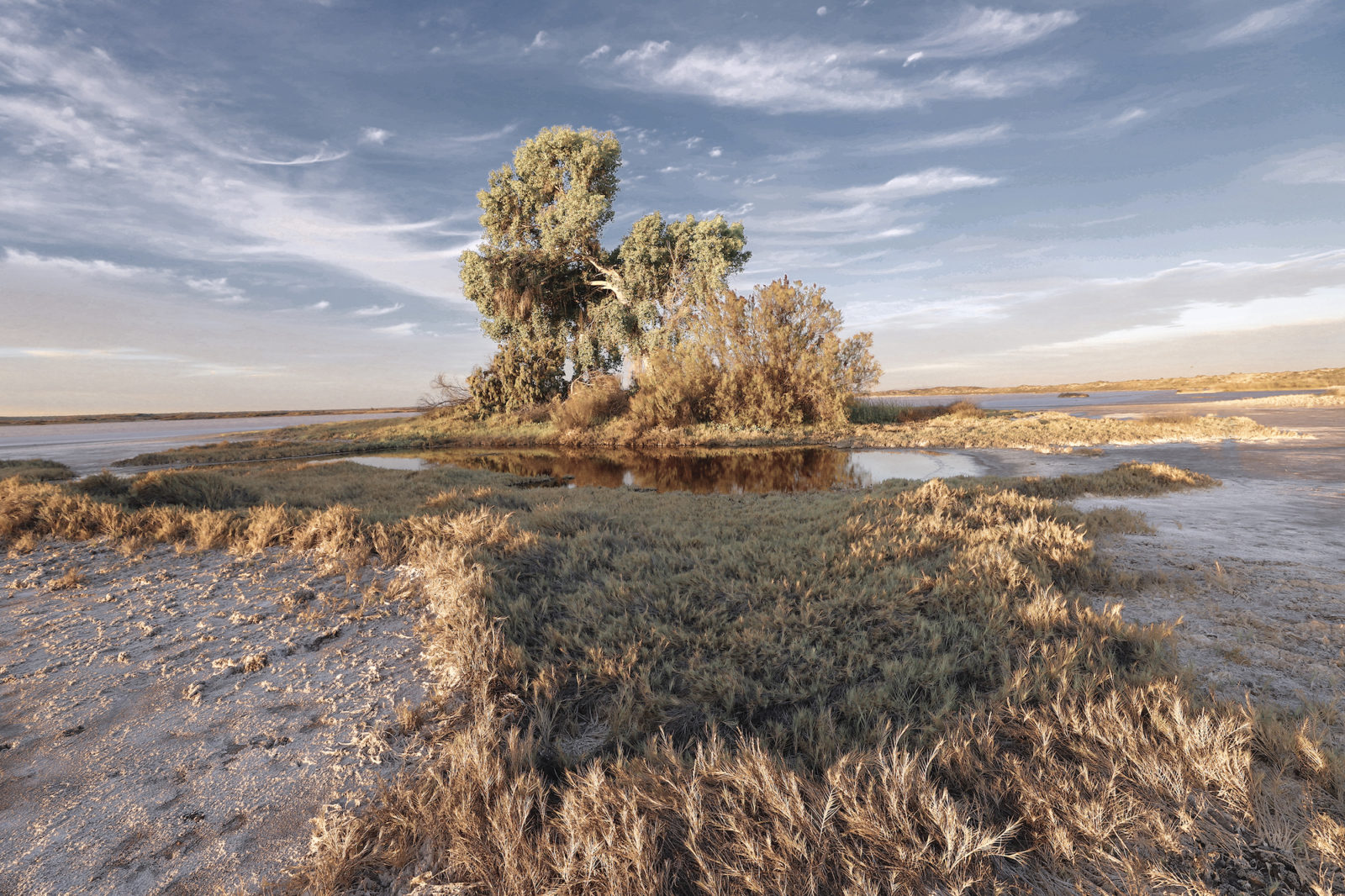
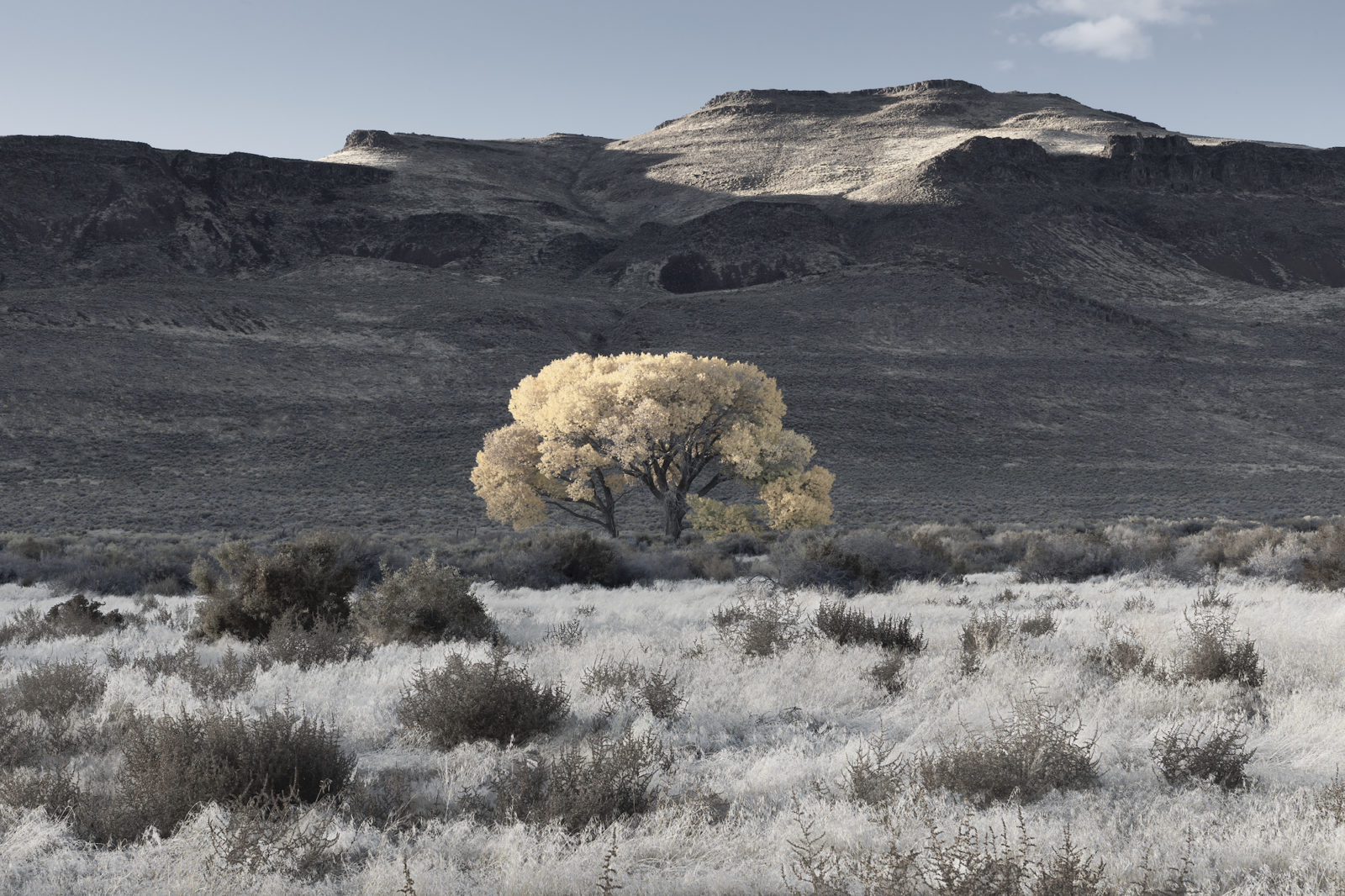
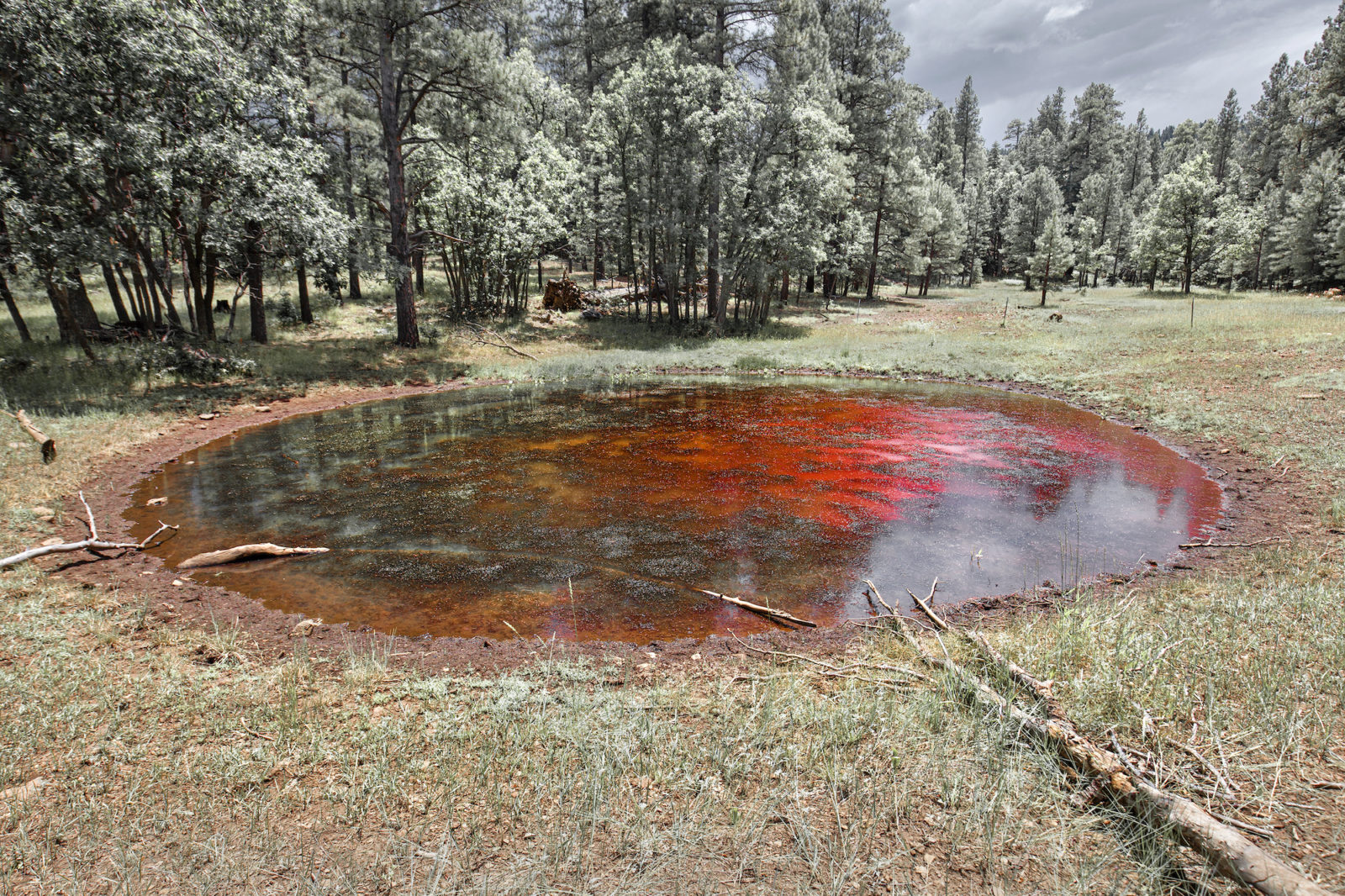
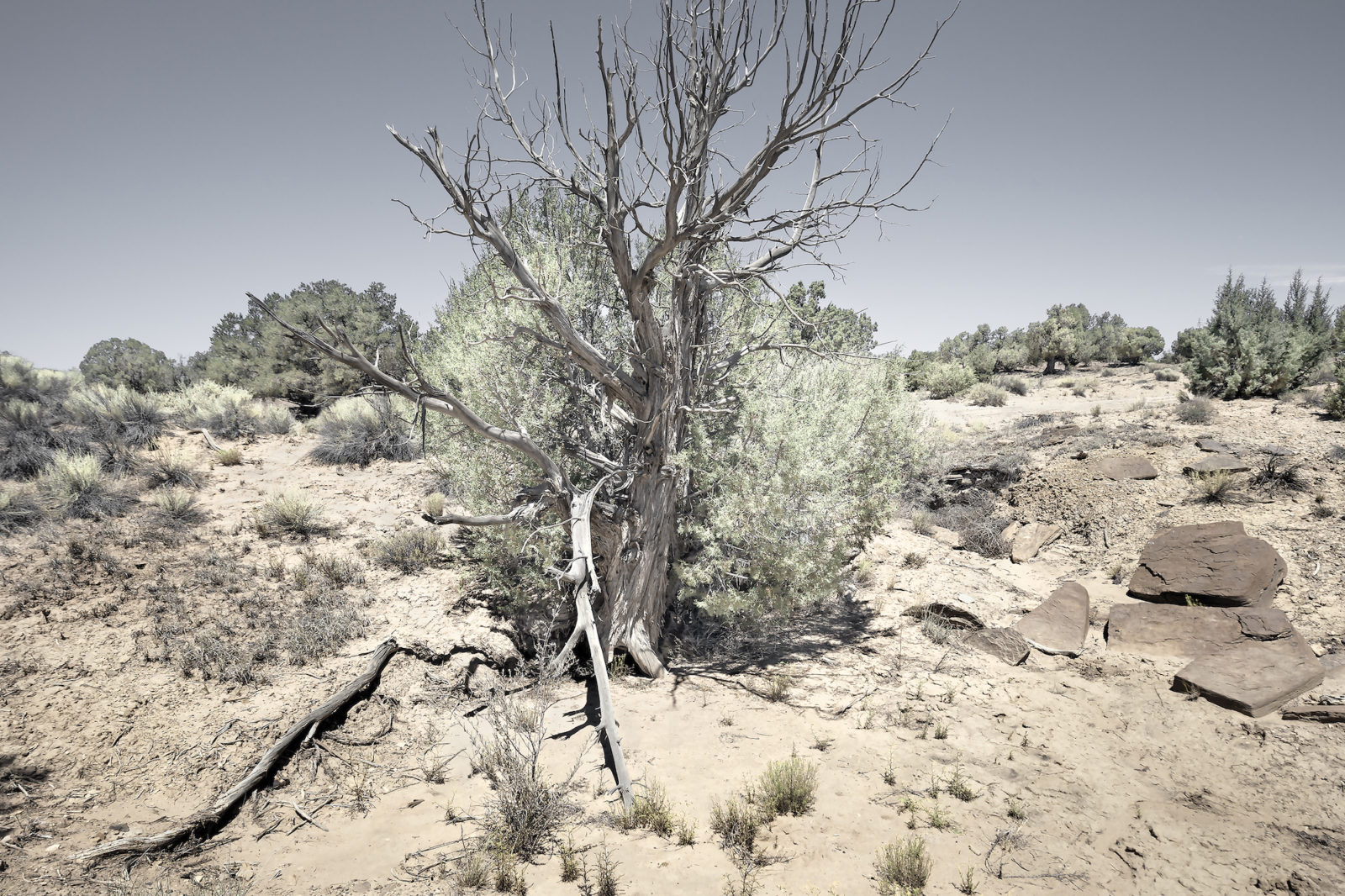
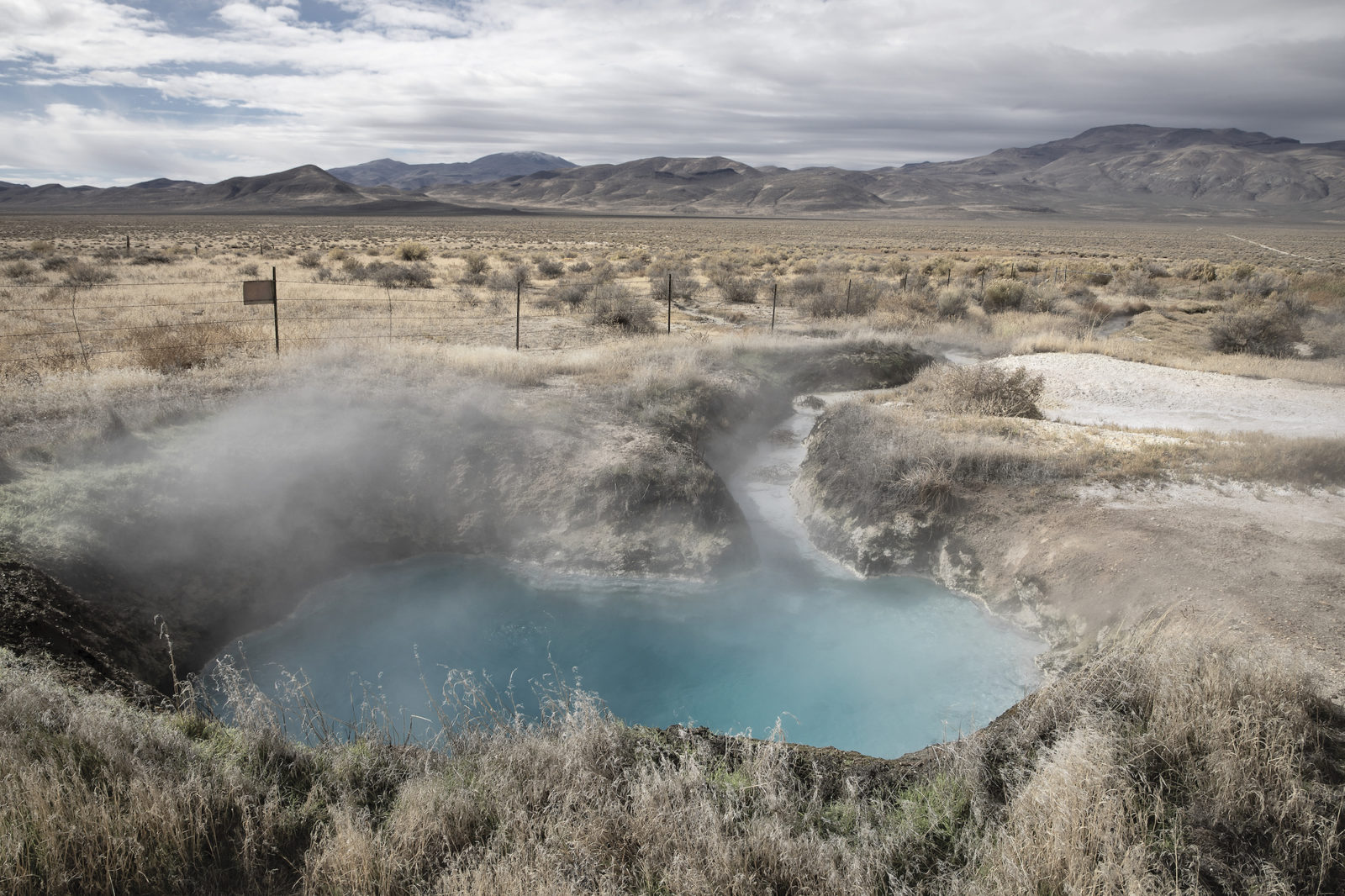
About Hidden Waters / Desert Springs, An Uncertain Future
Hidden Waters / Desert Springs, An Uncertain Future entails photographing natural, arid and semi-arid land springs and seeps in the Mojave, Sonoran, and Chihuahuan deserts, the arid regions of the Colorado Plateau, and the Southern Rockies.
Since before recorded history, springs were an essential resource for survival in arid climates. As dependable water sources they became places to establish communities which eventually grew into civilizations. Prehistoric, indigenous, cross-desert trade routes followed paths that lead from spring to spring a day or two days walk apart. European immigrants of the 1800s relied on those same springs, often settling where there was abundant water. Early prospectors traversing drylands marked spring locations by planting trees. Contemporary Native Americans view spring waters rising from the desert as alive and sacred.
Our relationship to fresh water is unrealistic as we act is if it is an unlimited resource when in fact, it’s limited. Roughly 80% of desert springs in the West are gone because of anthropogenic interference such as heavy alteration by dredging, boxing, piping, re-channeling as well as draining dry. Despite being threatened, their ecosystems contain some of the richest diversity of plant and animal life on the planet and they hold 10% of the world’s endangered species. Called “windows into the earth” they reveal the quality and endurance of earth’s fresh water. Climate change can influence the number of years in the drought cycles as well as extend their duration. Without less winter snow and summer rain the ability of aquifers to recharge, combined with unchecked water demands for industrial agriculture, mining, open range ranching and domestic needs has meant that springs are considered endangered ecosystems. There has been little study nor public information on the importance of these waters and the need for their protection. Conservation is inconsistent at best.
The goal of this work is to inspire thought and dialog about the what we value as a society and why draining aquifers and destroying springs resulting in animal and plant species extinction, threatens human survival as well. They have become an emblem of why we need to think more long term since once they are gone most of desert life will vanish with them. Protecting desert waters could serve a function beyond what we presently can imagine.